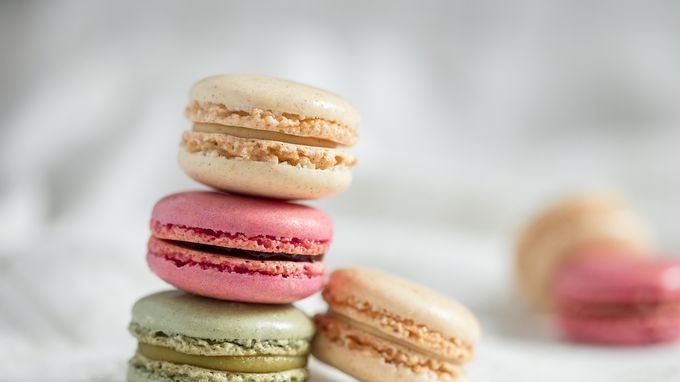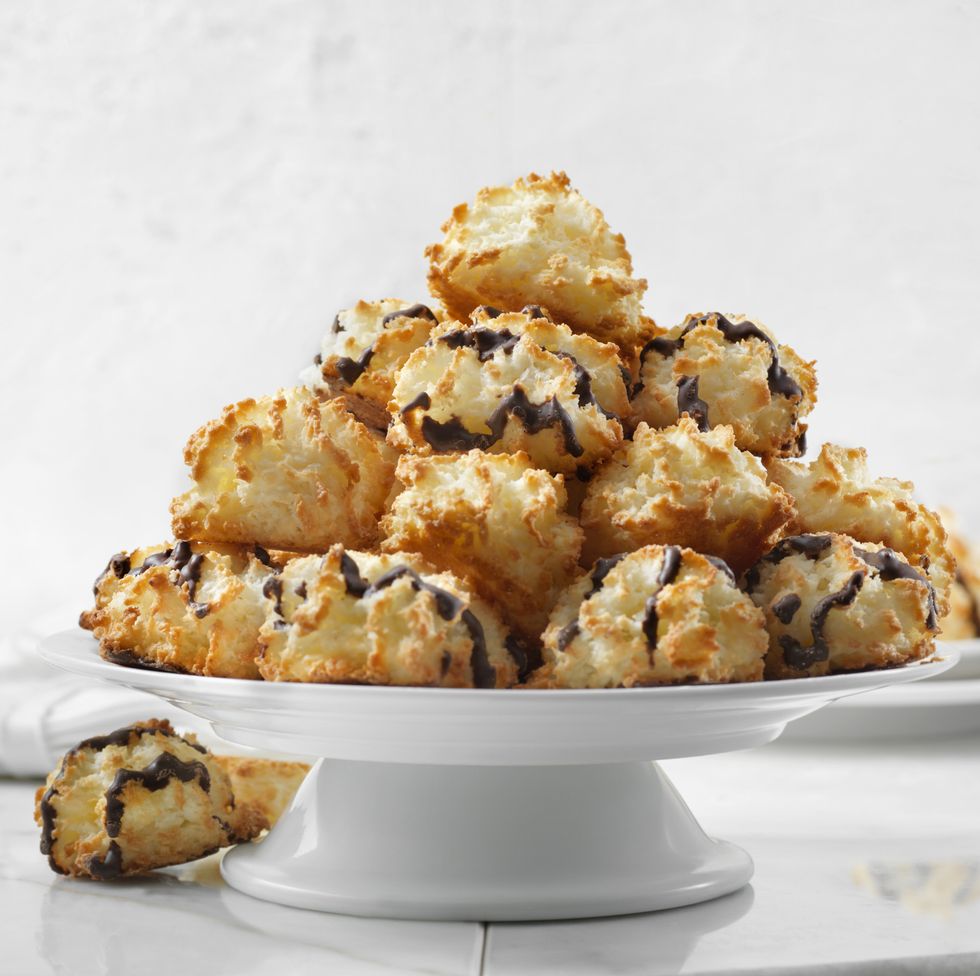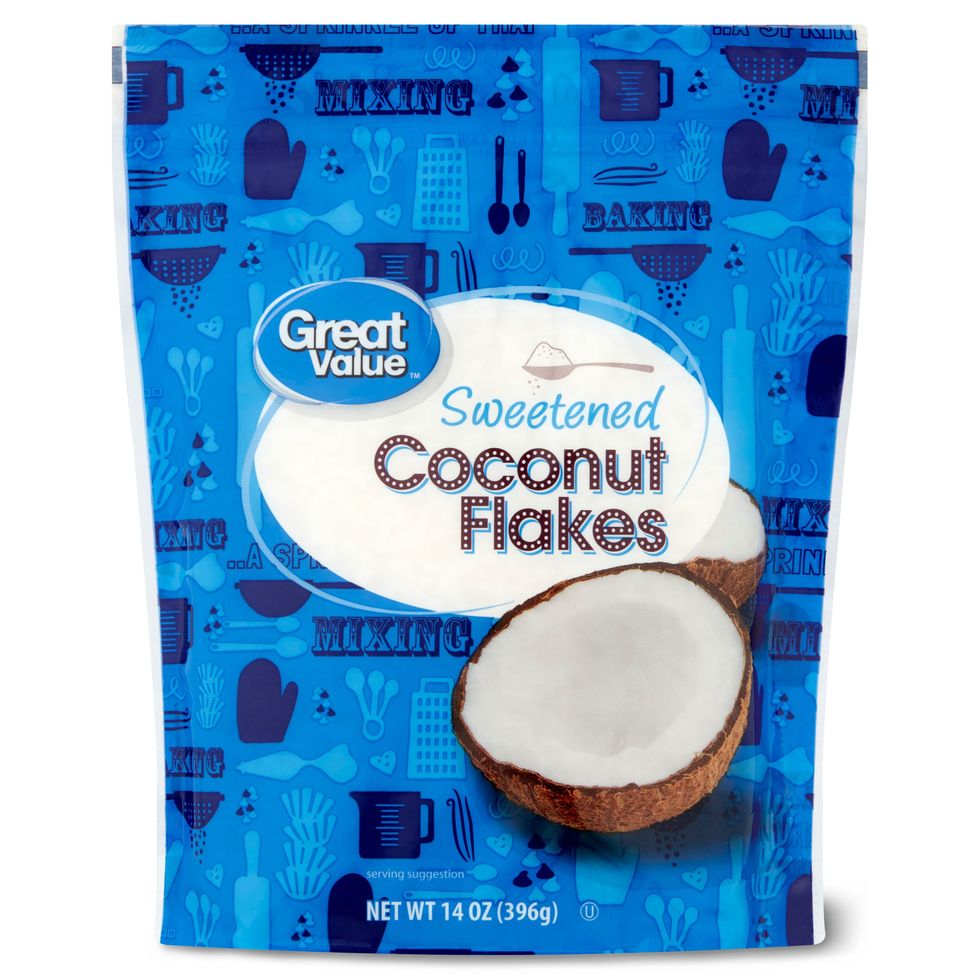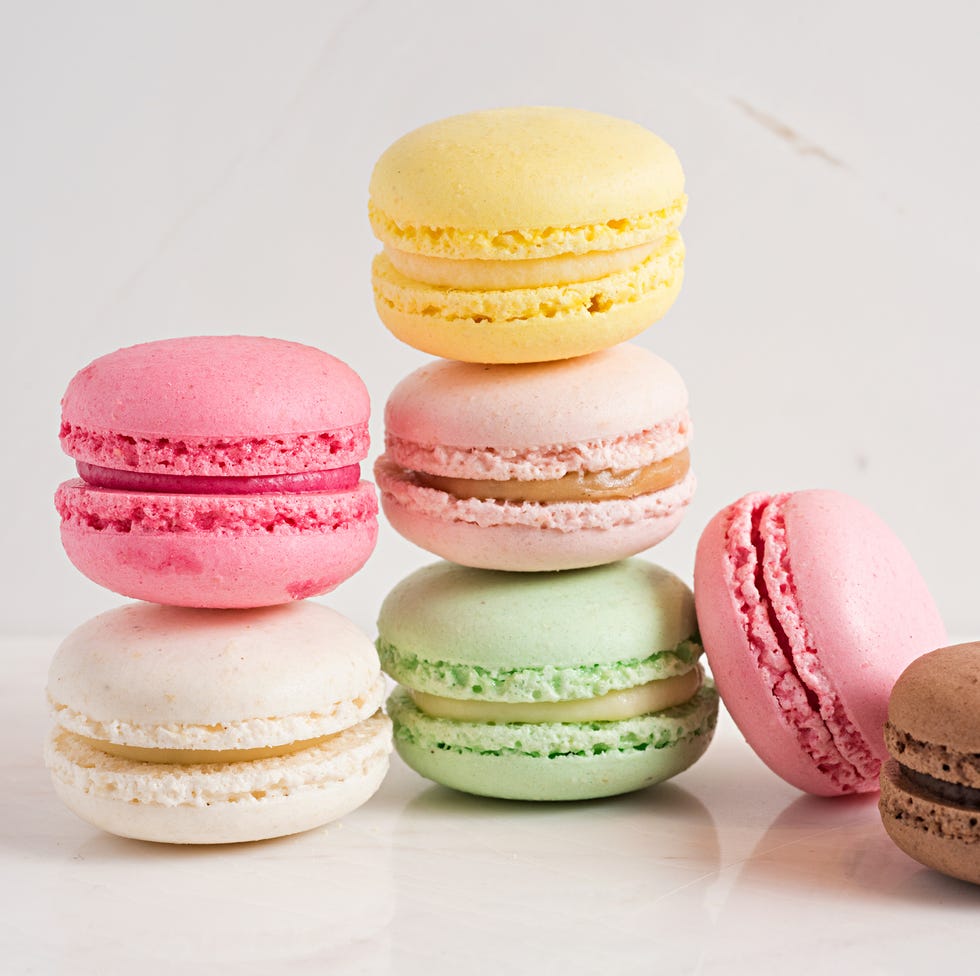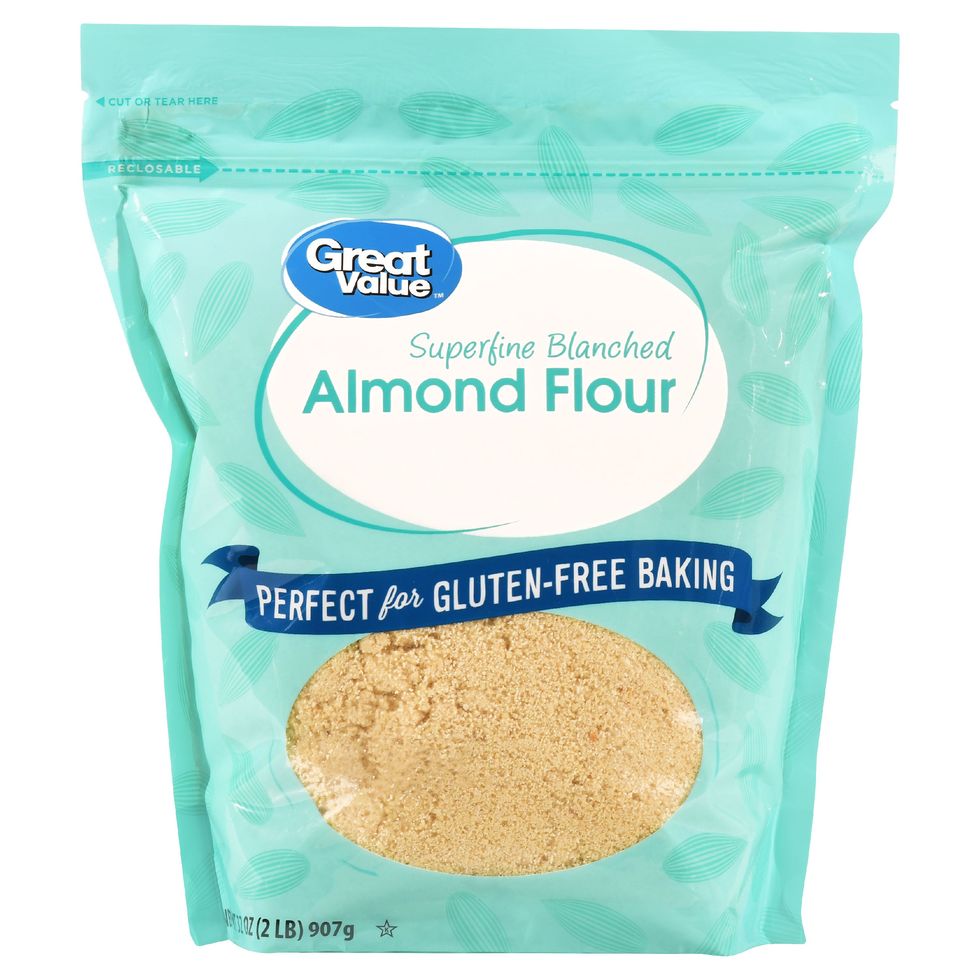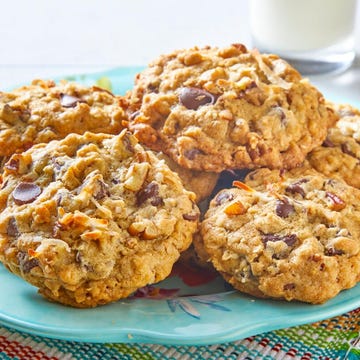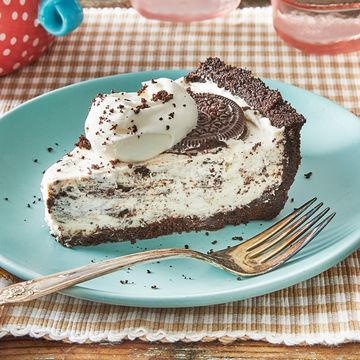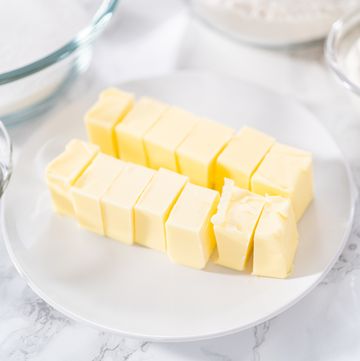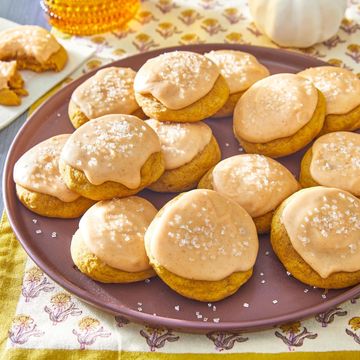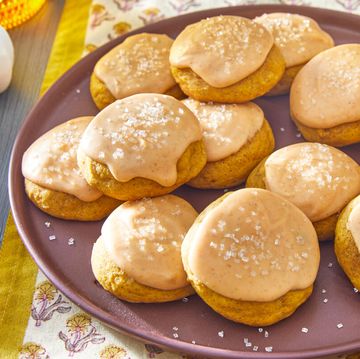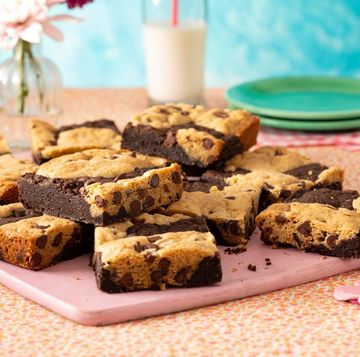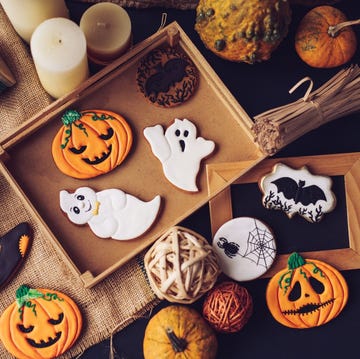Macaroons and macarons: these bite-sized beauties have so much in common! They are both delicious types of cookies, they are both often gluten-free, and they both rely heavily on separated egg whites as a main ingredient. And let us not forgot the most confusing part―boy, are their names really similar. But, as you may have guessed, they are actually not the same cookie.
So, what's the difference between macaroons and macarons? We will start with how to pronounce their names. The double "O" in macaroon is the biggest giveaway. Think about this rhyme: I swoon over a macaroon. Without the extra "O," a macaron turns into a French word which is more of an "oh" sound. Think: Oh, this macaron is delicious. (Apologies to anyone who can actually speak French for that rudimentary lesson.) Now that we've got that out of the way, let's move onto the more delicious details.
What is a macaroon?
That ingredient you swoon over in a macaroon is coconut. These dense, chewy cookies are most commonly made of shredded coconut, egg whites, and sugar, which is why they are often times referred to as coconut macaroons to avoid confusion. The word derives from the Italian "maccherone" or "maccarone" which refers to a food made out of paste. Their density is what makes them so adaptable to adding other ingredients like nuts and fruit or dipped in chocolate to jazz them up. You can do both and make Chocolate-Dipped Cherry Macaroons. Or maybe you have fun and toast the coconut for a nuttier flavor.
Macaroons gained in popularity in Italy and then in the U.S. because many recipes don't have flour, making them perfect Passover desserts. They're easy to make, and if you do find a recipe without flour, they are a quick way to satisfy the sweet tooth of someone with a gluten allergy or intolerance. Just double check the recipe to make sure it isn't included as binding ingredient.
What is a macaron?
Oh, the reason you like this colorful, fancy French sandwich cookie called the macaron? It's probably because the delicate and every-so-lightly-chewy exterior gives way to a creamy, delicious filling on the inside. They are made from folding blanched, finely ground almonds into a meringue of egg whites and sugar, baked and cooled, then filled with endless delights such as jam, buttercream, and ganache. And let's be honest: Macarons are just so darn pretty to look at. (Which is why they are so popular as Valentine's Day cookies and pink desserts for bridal and baby showers.)
Macarons have the same origin as macaroons. They are both derived from the same Italian word because they were both originally developed Italy. (No wonder it's confusing!) Though the exact reason an Italian cookie made its way to France is not proven, historians think it was due to Catherine di Medici in the 1500s, who married Henri II and brought along pignoli cookies. French bakers took the humble pignoli cookie and refined it into the gorgeous, airy sandwich cookie we know today.
They are notoriously fickle and difficult to make, because they do not have traditional flour types for stability (which makes them gluten-free) or a leavener like yeast or baking soda to lift them. But once you master the basic recipe, the possibilities to color and flavor them are endless. Or you can make life easier and just order them online from a renowned French patisserie. No judgment here!
